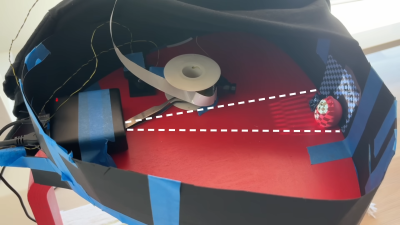Beyblade spinning tops are pretty easy to find at toy shops, department stores, and even some supermarkets. However, the arenas in which the tops do battle? They’re much harder to come by, and the ones on sale in any given market often leave a lot to be desired. [LeftBurst] got around this problem by printing a grandiose Beyblade arena.
[LeftBurst]’s desire was to score a Beyblade stadium more similar to those featured in the anime, which are much larger than those sold as part of the official toy line. [Buddha] was enlisted to model the massive arena, but it then needed to be printed. Given its size, printing it in one piece wasn’t very practical. Instead, [LeftBurst] decided to print it in segments which would then have to be assembled. Super glue was used to put all the parts together, but there was more left to do. The surface finish and joins between the parts would cause issues for tops trying to move across the surface. Thus ensued a great deal of post-processing with primer, putty, and a power sander.
The final result is a massive stadium that plays well, and is ideal for larger multi-Beyblade battles that are more akin to what you’d see in the anime. If you’re playing at this scale, you might appreciate some upgraded launcher technology, too.





















